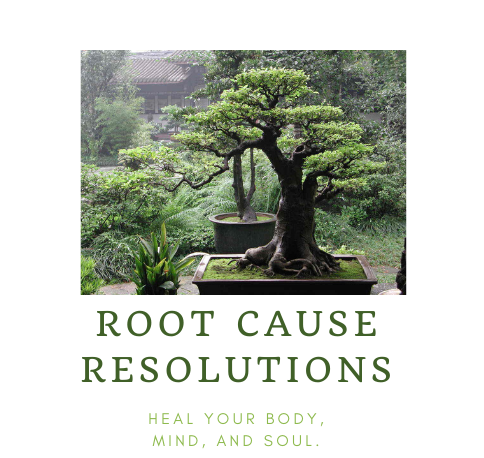The arrival of winter brings with it many emotions, from the joy of the holidays to the anticipation of the first snowfall. However, for many, this season is also shadowed by an underlying battle with their own emotions. The challenge of coping with seasonal depression can cast a pall over the coldest months, making it imperative to understand its nuances and embrace coping strategies.Unmasking Seasonal Gloom and Ways to Cope With It
Seasonal depression, formally recognized as Seasonal Affective Disorder (SAD), is a specific type of depression that waxes and wanes with the changing seasons. Often associated with the colder months, it’s a testament to how our environment, particularly light exposure, intersects with our mental well-being. Globally, it’s estimated that about 5% of the population experiences SAD, with a higher prevalence in regions further from the equator.

Millions of individuals from varied backgrounds and age groups wrestle with this seasonal melancholy year after year.
Symptoms of Seasonal Affective Disorder include:
- A persistent feeling of sadness or depression
- An increased appetite, often with cravings for carbohydrates
- Noticeable weight gain
- The desire to oversleep, yet feeling unrefreshed from sleep
- Chronic fatigue and low energy levels
- Difficulty focusing or making decisions
- Withdrawing socially, a kind of “hibernation” from loved ones and activities
- Feeling agitated or restless

Incorporating practices like yoga can be transformative in coping with seasonal depression, blending both mental and physical rejuvenation.
Running, or any other aerobic exercise, oxygenates the brain and releases mood-enhancing chemicals. Meditation, on the other hand, centers the mind, reduces anxiety, and builds resilience.
5. Modify Your Environment
Our surroundings greatly influence our mood. For some, understanding how to get used to the weather here can provide a sense of grounding. Meanwhile, others find that adjusting to a warmer climate by moving to Florida or an entirely different state or country with all year warm climate offers a haven from oppressive winters.
But if relocation isn’t on the cards, fear not. There are various ways to uplift one’s environment: brighten your space with lively colors, add indoor plants to connect with nature, or even introduce warm-toned lights to evoke feelings of coziness and warmth. Soundscapes, like playing nature sounds or uplifting music, can also transport your mind to sunnier places.
6. Explore Light Therapy
For many plagued by SAD, light therapy, or phototherapy, has been a beacon of hope. This involves sitting or working near a specialized lightbox for a designated duration each day. It’s specifically designed to mimic the effects of natural sunlight, combating the lack of adequate sun exposure during the colder months.
When integrating light therapy, ensure the chosen device is clinically approved and emits the right amount of lux. What’s more, coupling this therapy with a consistent morning routine can optimize its benefits.
7. Prioritize Sleep and Nutrition
The connection between the loss of sleep and aggravated symptoms of seasonal depression cannot be overstated. Sleep rejuvenates the mind and body. Ensuring a consistent sleep schedule, embracing relaxation techniques before bedtime, and creating an ideal sleep environment are steps in the right direction.

Prioritizing sleep and balanced nutrition is paramount, forming a strong foundation for mental well-being during colder months.
Alongside sleep, nutrition plays a pivotal role. Nutrient-rich diets, especially those containing Omega-3 fatty acids and Vitamin D, can alleviate symptoms. Foods like fish, flaxseeds, walnuts, and fortified dairy products should find prominence in one’s winter diet.
Navigating Through Seasonal Shadows
As we wrap up, remember that coping with seasonal depression is a journey. The key is to stay proactive, seek support when needed, and prioritize self-care. While the winter might seem endless, with the right tools and strategies, one can find rays of hope piercing through the seasonal gloom.
Guest article written by Amy Baker

